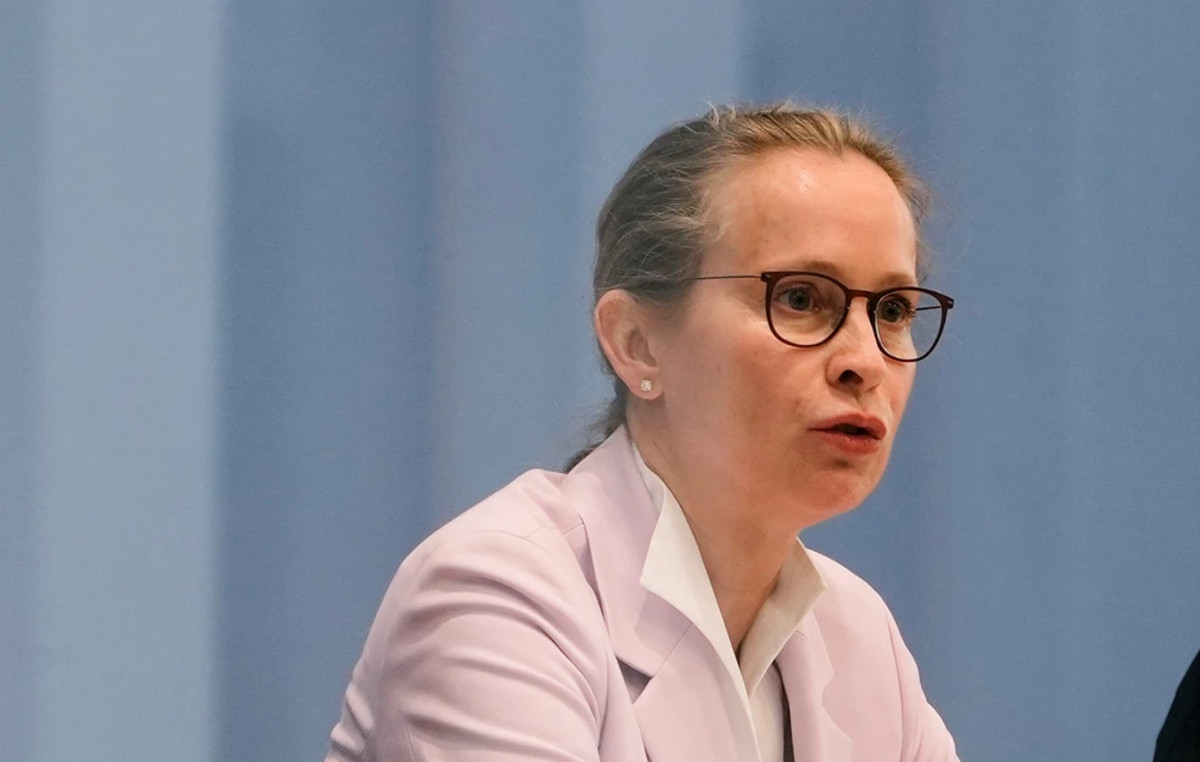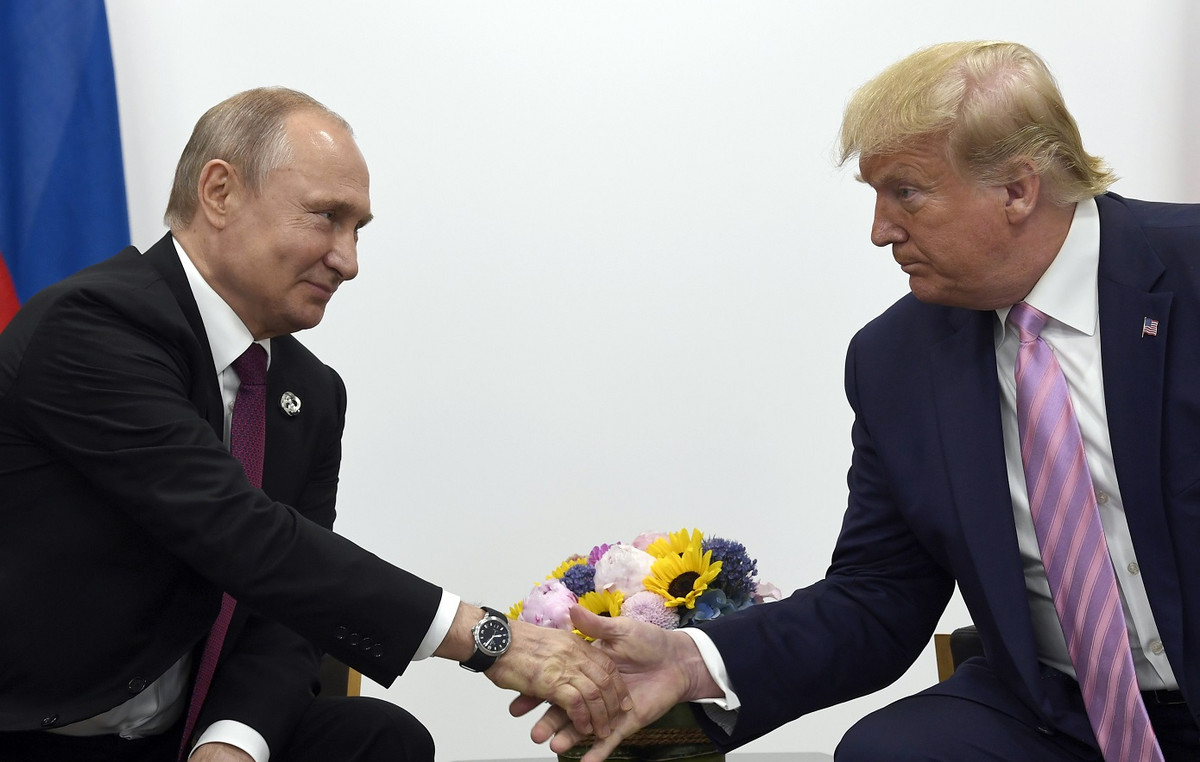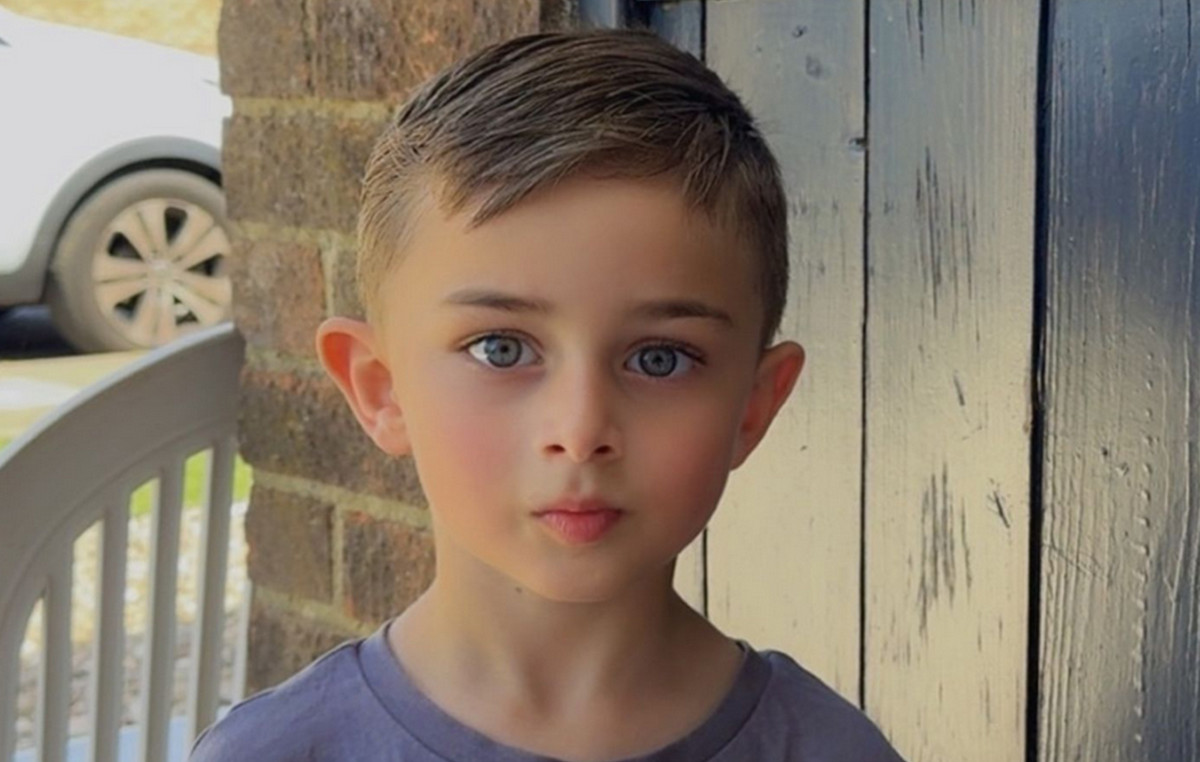The number of Brazilians who recognize themselves as mixed race in the 2022 Census surpassed the number of white people for the first time since 1991, when the survey adopted five color or race options. Last year, 92.1 million people recognized themselves as brown, while 88.3 million were white, according to data collected by the Brazilian Institute of Geography and Statistics (IBGE).
Between the 2010 and 2022 censuses, the white population fell from 47.7% to 43.5%, no longer being the majority. On the other hand, brown people increased their participation from 43.1% to 45.3%.
The number of black people jumped from 7.6% to 10.2%. In 2022 there were 20.7 million people. The indigenous population also increased its share of the country's total inhabitants, from 0.4% to 0.6%, reaching 1.7 million.
In addition to the white population, the yellow population also showed a decline, from 1.1% to 0.4%, totaling 850 thousand people.
Category criteria
Since 1991, the IBGE has had the standard of grouping people into five categories, according to race or color: white, black, yellow (of oriental origin), brown (includes those who identify with a mixture of two or more colors, except yellow) and indigenous. Data collection is done through self-declaration.
“It’s a person’s perception of themselves. People use the issue of skin color, appearance, socioeconomic issues”, explains IBGE researcher Leonardo Athias.
The institute explains that it uses the concept of race as a socially constructed category in social interaction, and not as a biological concept.
Another caveat made by the study is that the indigenous population in the census is made up of people who declare themselves indigenous in terms of color or race – regardless of whether they live on indigenous land – and also those who consider themselves indigenous, even if they identify with another of the four colors. .
For example, a brown person who lives in an indigenous territory and considers themselves part of the community.
Thus, while the Census identifies 0.6% of the population (1.2 million) as being of the indigenous race, the indigenous population is estimated at 0.8% (1.7 million).
The 1872 census also showed a higher proportion of mixed race people
When the first Census was carried out, in 1872, the brown population (38.3%) was slightly higher than the white population (38.1%). Over the decades, the white population became the majority until reaching a peak of 63.5% in 1940 and entering a downward trend.
Also in 1940, browns reached the lowest participation, 21.2%. Since then, they have followed a growth trajectory until becoming the majority in 2022 – despite a decline between 1991 and 2000.
The black population accounted for 19.7% of the inhabitants in 1872 and showed consecutive losses in participation until 1991, when it reached the lowest level, 5%. Since then, it has more than doubled until the 2022 Census, 10.2%.
Researcher Leonardo Athias explains that changes in the population profile do not occur only due to demographic issues, that is, the birth or death of people, but also due to other phenomena.
“These variations have to do with perception. Color or race is a perception that people have of themselves. It is a relational process, it has to do with socioeconomic contexts, contexts of interracial relationships. It is always important for us to emphasize the multidimensionality of the phenomenon”, he contextualizes.
“It shows all this diversity, variability in time and space, in relation to racial belonging in Brazil”, he adds.
2010 to 2022
When analyzing the most recent trend in the ethnic-racial profile of the Brazilian population, between the 2010 and 2022 censuses, the black population shows 42.3% proportional growth, followed by the brown population (11.9%). The indigenous population had the highest percentage increase, 89%, and in the Legal Amazon region the growth was 100%.
For comparison purposes, the Brazilian population as a whole grew 6.5%. Whites (-3.1%) and yellows (-59.2%) showed declines.
North has a higher proportion of brown people
IBGE data is broken down by regions, states and municipalities. In the South and Southeast, the white population is the majority, reaching 72.6% in the South.
The North, Northeast and Central-West have a brown majority, with emphasis on the North, with a proportion of 67.2%.
Among the states, Rio Grande do Sul has the highest proportion of white people, 78.4%. Pará has the highest rate of mixed race, 69.9%.
Bahia is the state with the highest percentage of blacks, 22.4%. Roraima has the highest participation of indigenous people (14.1%), and São Paulo is where yellow people are most numerous – 1.2% of the state's inhabitants.
Bahian municipalities have a majority of black people
The South region, São Paulo and the southern part of Minas Gerais, is where there are more municipalities with a predominantly white population. The cities with the highest proportion of whites among their inhabitants are the Gauchos of Morrinhos do Sul and Forquetinha, with 97.4% and 97.2% respectively.
The other regions of the country are made up of municipalities with a majority brown population, with exceptions, mainly in border areas in the North and Southeast of Pará, where indigenous people stand out.
“It is concentrated in the north of Roraima, but also in the Rio Negro Valley and Alto Solimões”, explains IBGE researcher Fernando Damasco.
Uiramutã, in Roraima; and Santa Isabel do Rio Negro, in Amazonas, are the municipalities with the highest participation of indigenous people among their inhabitants, 96.6% and 96.2%.
In all 5,570 Brazilian municipalities, only nine have a majority black population. There are eight in Bahia (Antônio Cardoso, Cachoeira, Conceição da Feira, Ouriçangas, Pedrão, Santo Amaro, São Francisco do Conde and São Gonçalo dos Campos) and one in Maranhão – Serrano do Maranhão, with 58.5%.
In absolute values, the municipalities with the most black people are, in order, São Paulo (1.16 million), Rio de Janeiro (968 thousand) and Salvador (825 thousand). Among the ten cities with the highest absolute black population, the only one that is not the capital is the Bahian Feira de Santana, with 180 thousand people.
Age
The data collected by census takers reveals that between 2010 and 2022, the presence of brown people grew in all age groups surveyed. On the other hand, the white population decreased in all age groups.
The IBGE also presents the aging index – number of people aged 60 or over in relation to a group of 100 people aged up to 14 years. The higher the indicator, the older the population.
While in Brazil as a whole the ratio is 80 elderly people for every 100 young people, the yellow population has 256.5 for every 100 young people. Next come the black ones, with an indicator of 108.3. Whites (98), mixed race (60.6) and indigenous people (35.6) complete the sequence.
Sex
The 2022 Census also makes a relationship between color and sex. Brazil has 94.2 men for every 100 women. Among the black population, this relationship is reversed, with 103.9 men for every 100 women.
Mixed race (96.4) and indigenous people (97.1) also have a sex ratio above the national average. Between white and yellow the indicator is 89.9 and 89.2, respectively.
With information from Agência Brasil and Estadão Conteúdo
Source: CNN Brasil
I’m James Harper, a highly experienced and accomplished news writer for World Stock Market. I have been writing in the Politics section of the website for over five years, providing readers with up-to-date and insightful information about current events in politics. My work is widely read and respected by many industry professionals as well as laymen.







